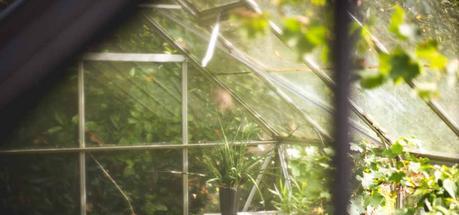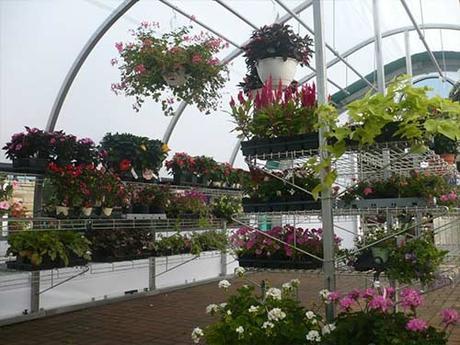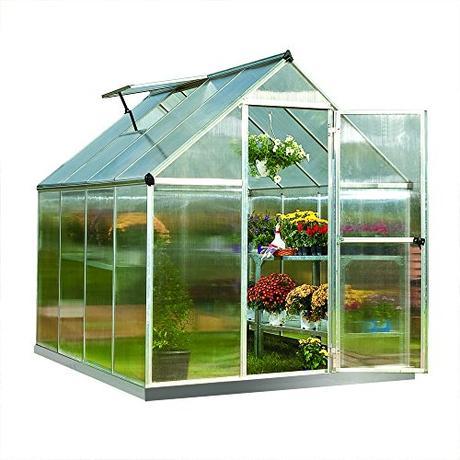 Greenhouses are a phenomenal way to extend the growing season of any garden, and to diversify the range of plants that you’re able to cultivate at home. Greenhouses shelter plants from the elements and allow for higher, more comfortable growing temperatures, but an often overlooked element of greenhouse growing is that of light.
Greenhouses are a phenomenal way to extend the growing season of any garden, and to diversify the range of plants that you’re able to cultivate at home. Greenhouses shelter plants from the elements and allow for higher, more comfortable growing temperatures, but an often overlooked element of greenhouse growing is that of light.
It is of immense importance to understand the amount of light your plants need, and to determine to what degree your greenhouse needs to diffuse such light as to nourish your plants without damaging them.
Greenhouse Light Diffusion is Important
One of the most common mistakes by greenhouse beginners is that of scorching their plants without even realizing it. Many people think (through no fault of their own) that if light is good for plants, than surely more light must be even better. The problem lies in the fact that if the light isn’t properly diffused, it burns the plants and actually saps nutrients out of them; the opposite effect of what they’re going for. In order to understand how to best diffuse light in your greenhouse, let’s first examine what diffused light is, and why it’s important to the health of your plants.

Assess Your Current Light Diffusion
A simple way to check for light diffusion is to look around your greenhouse for shadows and harsh light. Check all angles; you don’t want to miss a spot and find later that plants aren’t getting enough light.
Another way to check light diffusion is by checking the health of your plants. Healthy plants getting the right amount of light will be in good condition. Sick plants are a common sign that there is not enough light, and such plants will probably be in shaded areas of your greenhouse. Sick plants will lean or reach toward light sources. They also may have lanky stems, fewer buds, and wide spacing between leaves.
Damaged plants, on the other hand, are a sign that there is too much incoming light and the plants are being burned from overexposure. These plants will look dried out with faded coloring. Damaged plants will also start to droop.
Another easy way to check for proper diffusion is to look for different tones in the light. Properly diffused light will be warm and should mimic natural light. If you notice different tones it means the light is being reflected off some other material, which isn’t ideal for plants. Plants grow best with blue and red light spectrums, so other tones may affect their growth. It could also mean light isn’t reaching the plants and hitting other surfaces instead.
How to Improve Greenhouse Light Diffusion
For those who may already have glass or polycarbonate greenhouses, there are simple tricks to help diffuse light at levels that will be more beneficial to your plants that the greenhouse alone.
Rollup screens with polypropylene cloth can help shade glass or polycarbonate greenhouses in cases of high light transmittal. They allow the light to pass through while lowering its intensity.

If shadowing is an issue, you can add white gravel outside of your greenhouse along the base to reflect light upward from below. This trick can be useful for glass or polycarbonate greenhouses.
Understanding proper light diffusion is an important part of establishing the best possible growing environment for your plants inside your greenhouse, and these simple tricks are great ways to ensure that you’re making your plants as comfortable and happy as possible. One less damaged plant in your greenhouse is one more vegetables on your table, and one more key step in a thriving, happy garden.
